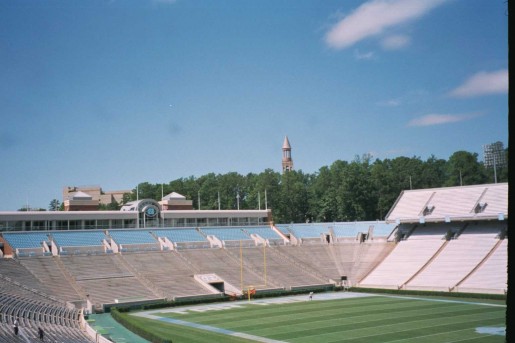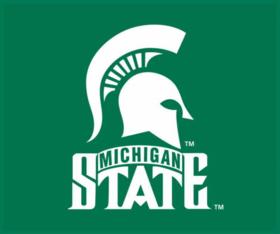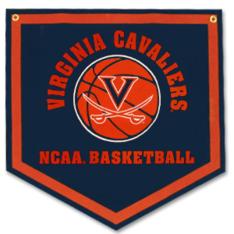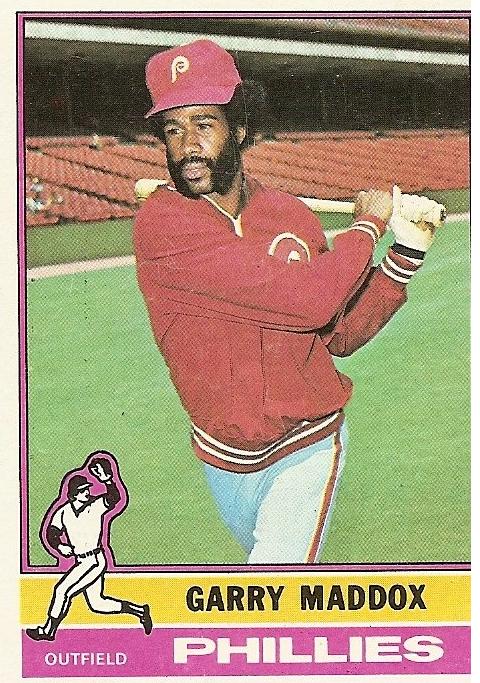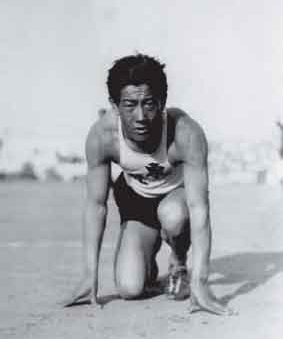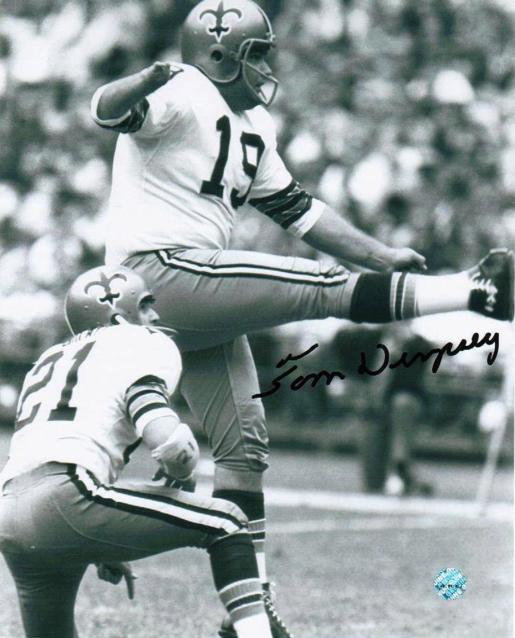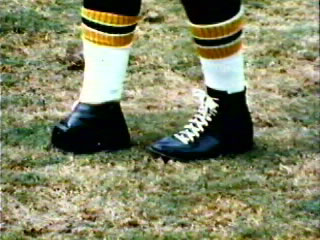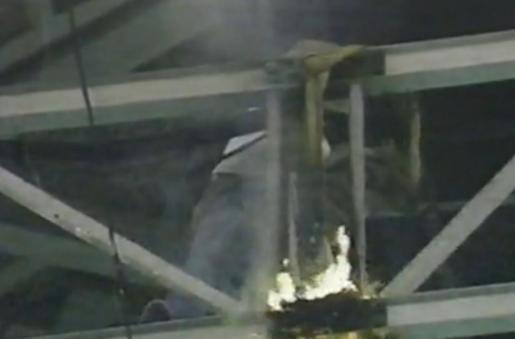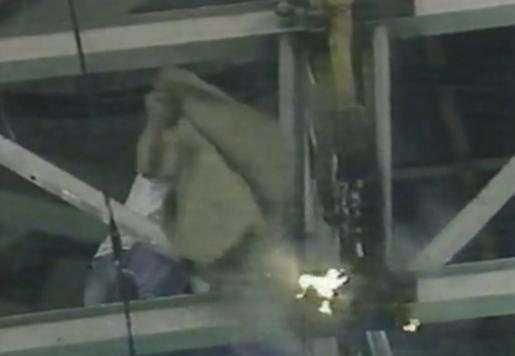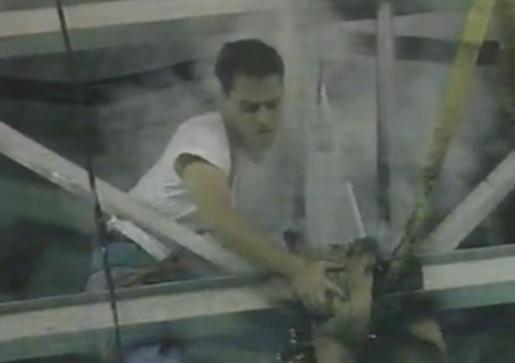Did Vince Lombardi Once Trade a Player Five Minutes After Learning That the Player Had Hired an Agent?
Here is the latest in a series of examinations into urban legends about football and whether they are true or false. Click here to view an archive of the football urban legends featured so far.
FOOTBALL URBAN LEGEND: Vince Lombardi traded a player five minutes after learning the player had hired an agent to represent him in contract negotiations with the Packers.
Vince Lombardi was the larger-than-life head coach of the Packers from 1959-1967 who won five National Football League (NFL) championships (plus the first two Super Bowls) in that time span.

Soon before he died, former New York Giants placekicker (and longtime NFL announcer) Pat Summerall released a book (co-written by Michael Levin) about what he learned from his time spent with Lombardi and Tom Landry when both coaches were assistants on the Giants, Giants: What I Learned About Life from Vince Lombardi and Tom Landry, Summerall discussed how different it was for players when they tried to negotiate their contracts during the 1950s and 1960s:
Negotiating didn’t always work out, though. As I’m sure you’ve heard, one year, Jim Ringo, the all-pro center for the Packers, went into negotiations with Lombardi when he was the Packers’ head coach. He brought his agent to the meeting. Lombardi said, “I don’t negotiate with agents. Hold on, let me make a phone call.” He turned away, picked up the phone, and the moment he hung up he said, “I told you I don’t negotiate with agents. You’ve just been traded to Philadelphia.” Ringo was one of his best players and all-pro for several years, but Lombardi chose to trade him rather than deal with his agent. I think it was sort of an unwritten rule at that time not to bring others into negotiations because nobody had agents or other people speaking for them.
Summerall is correct in noting that this is a very popular story, but it also happens to not be true.
Read the rest of this entry »


